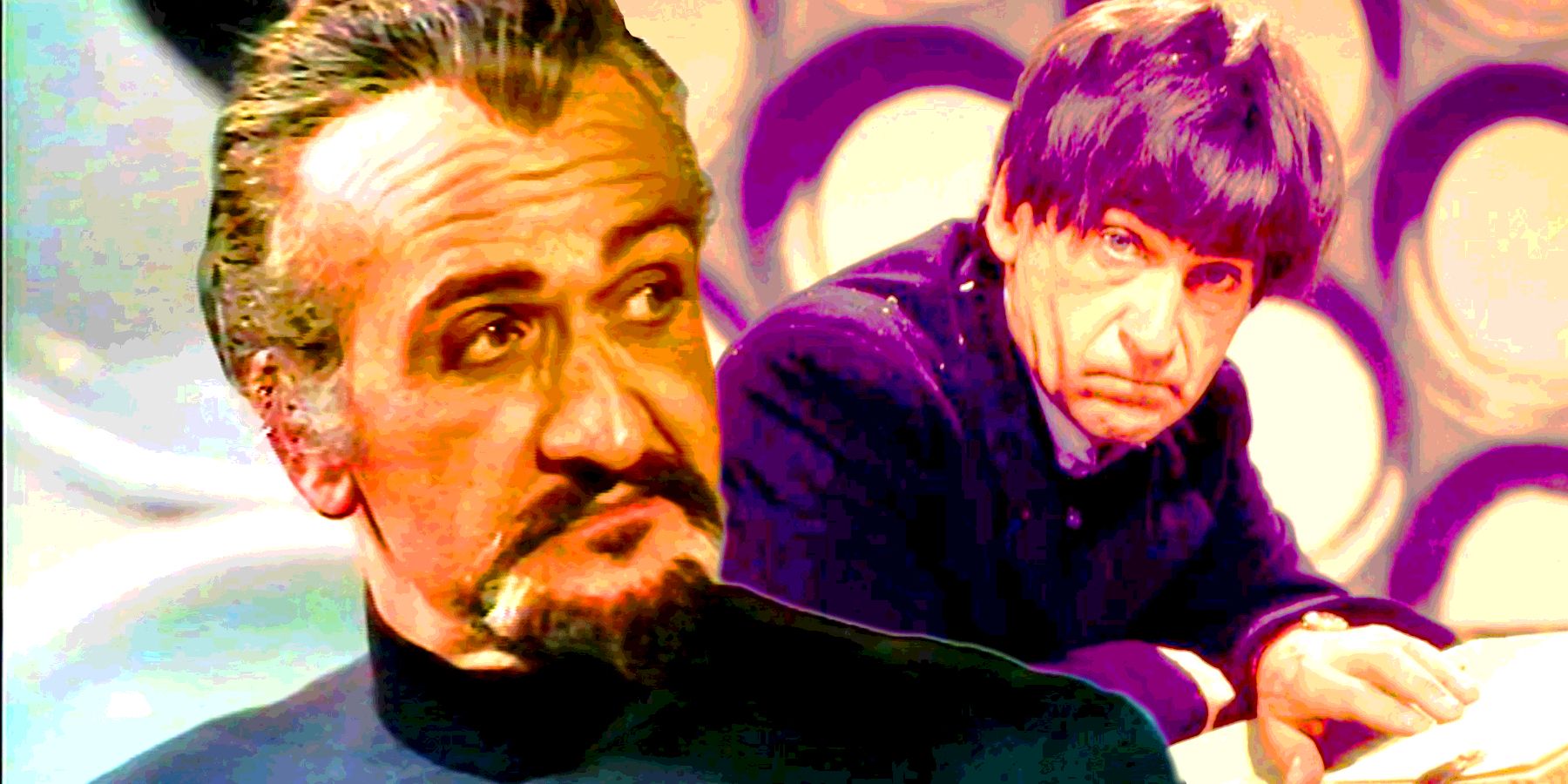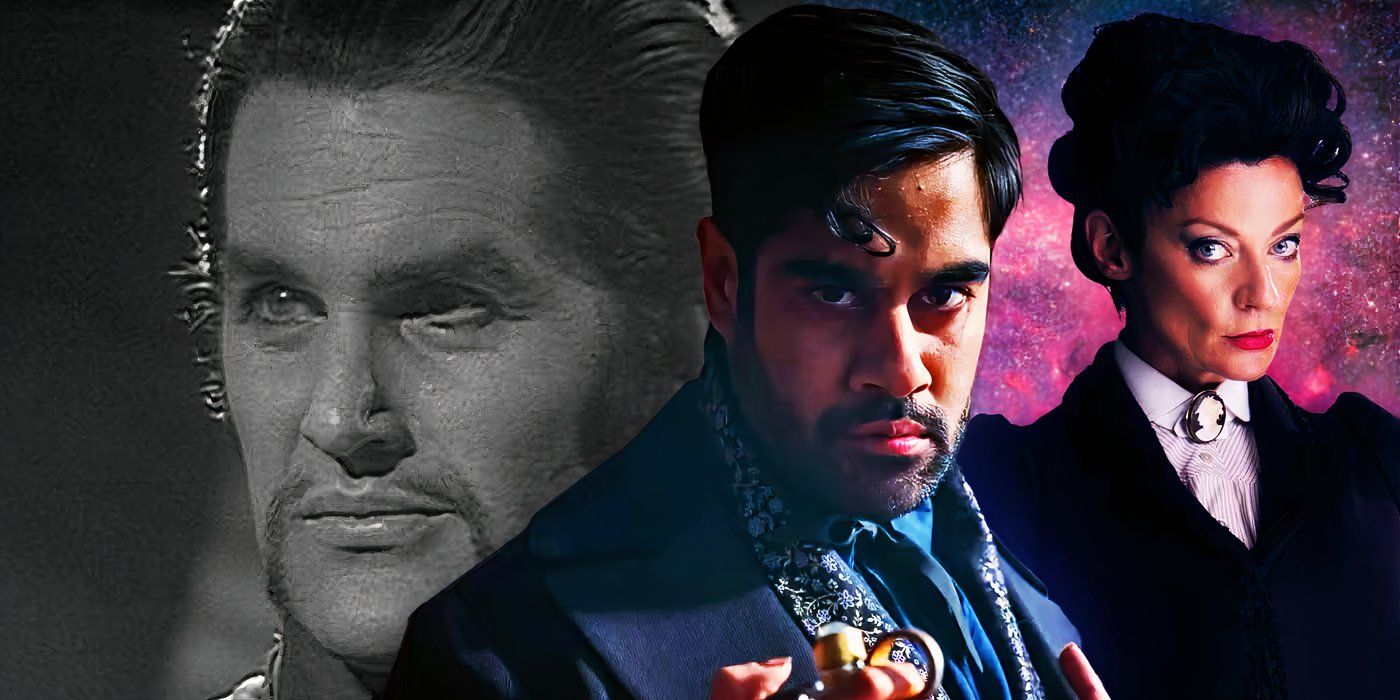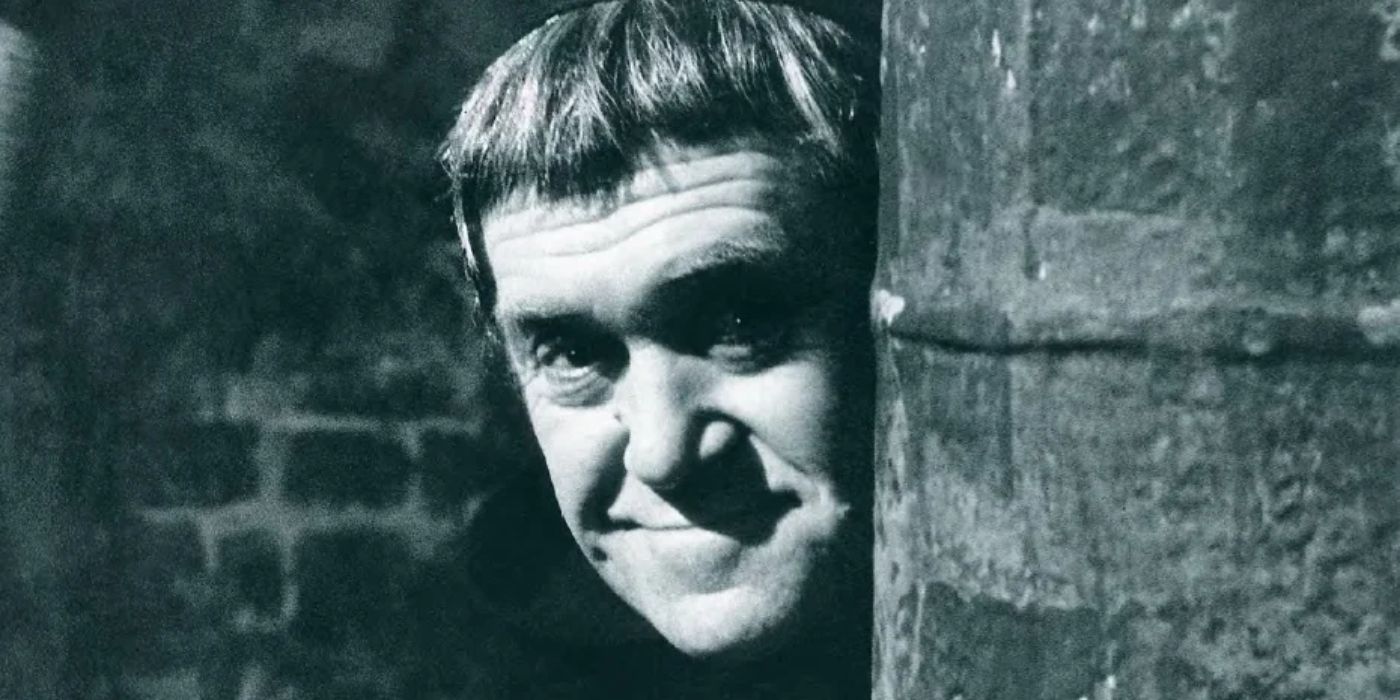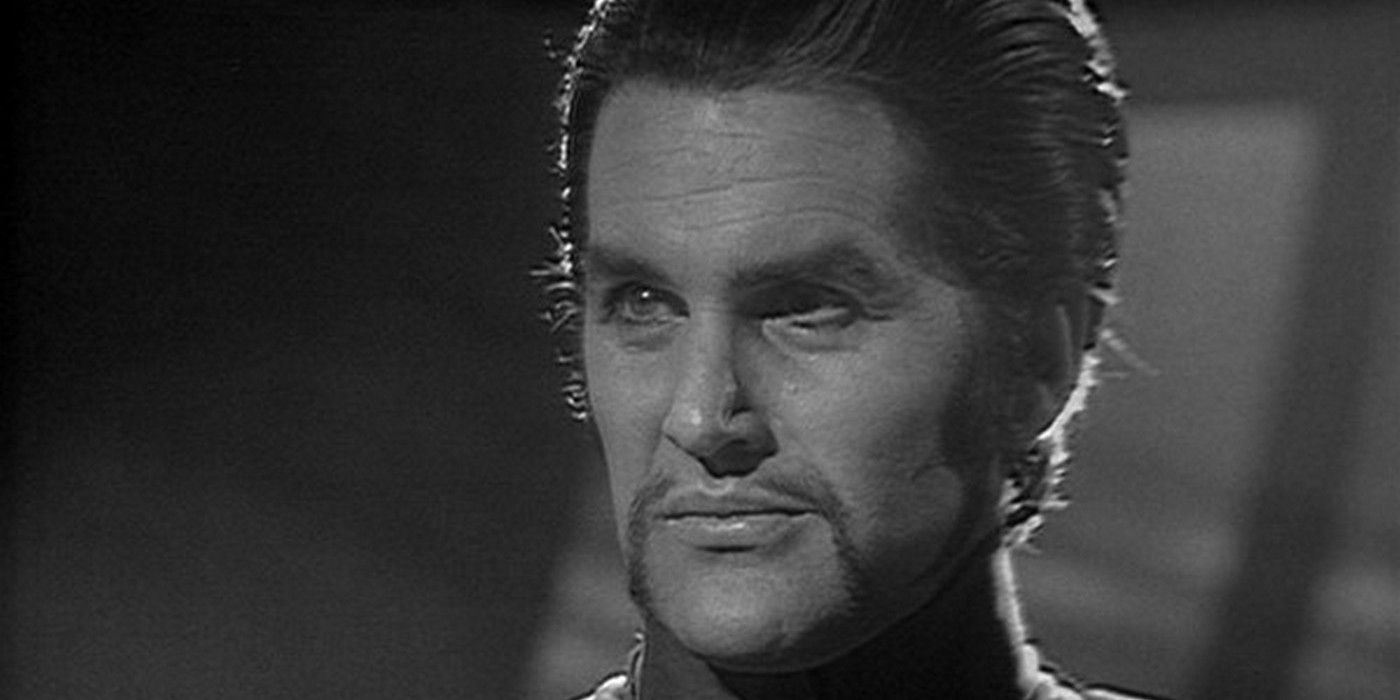
The Master: Villain Origins in Doctor Who’s Early Eras
The Master may not have been part of Doctor Who from its very inception, but clues hinting at their eventual emergence began to surface during the era of the First Doctor. While Doctor Who is indeed renowned for a plethora of memorable monsters, few can rival the sheer complexity and menace of the Master. As a malevolent Time Lord and the Doctor’s ultimate adversary, the Master stands out as perhaps the most significant villain in the series, overshadowing even the infamous Daleks. Officially, the Master, portrayed by Roger Delgado, made their debut in the 1971 episode titled “Terror of the Autons,” where they faced off against Jon Pertwee’s Third Doctor, marking the beginning of a legendary rivalry.
Looking back now, it’s astounding to see how fully developed the Master was from the outset. In his debut episode, Delgado encapsulated the character’s essence with his charming arrogance and thinly veiled jealousy towards the Doctor. This initial portrayal laid the groundwork for a character that has been interpreted by various actors over time, from Anthony Ainley to Sacha Dhawan. Each actor has drawn inspiration from the groundwork established in “Terror of the Autons.” Despite the Master appearing almost fully formed in 1971, it’s worth noting that Doctor Who had subtly nurtured the concept of the Master for six years prior to that landmark episode.
Discover How The Monk Served As The Prototype For Doctor Who’s Master
Uncovering The First Evil Time Lord In Doctor Who History
The first iteration of a character resembling the Master debuted in 1965 with the episode “The Time Meddler.” At this point, the series had yet to introduce key terms like “Gallifrey” or “Time Lord,” yet William Hartnell’s portrayal of the First Doctor revealed that both he and the episode’s antagonist, the Monk, belonged to the same race. Played by Peter Butterworth, the Monk piloted his own TARDIS and exhibited a notable lack of the polite demeanor that characterized the Doctor, immediately establishing him as an evil counterpart rather than a mere villain.
The Monk, while somewhat clumsy and less competent than his successors, initiated the concept of an anti-Doctor within the series.
The concept of two beings of the same species departing their home planet—one virtuous, the other malevolent—became a core element of the Master’s identity. Moreover, the Monk’s scheme in “The Time Meddler,” which revolved around altering another planet’s history for selfish reasons, is a theme that resonates deeply with the Master’s modus operandi. This character, presenting himself as a false holy man, skillfully disguised himself to blend into 11th-century England, showcasing a knack for deception, much like the Master, who often adopts new identities or elaborate costumes to remain concealed and manipulate situations.
Furthermore, the Monk embodied the same egotistical and aloof demeanor that the Master would refine over time. While the two characters are not exact replicas, “The Time Meddler” provided essential insights into the development of a foe who could be seen as an early conceptualization of the Master. Although the Monk appeared more bumbling and less adept than the Master, his introduction marked the beginning of a fascinating evolution toward creating an anti-Doctor.
The War Chief: A Vital Link in the Evolution of Doctor Who’s Master
A Surprising Encounter: It’s Not The Master, But It Might As Well Be!
In the development of the Master’s character, Doctor Who took another significant step forward with the introduction of the War Chief in Patrick Troughton’s regeneration episode, “The War Games.” Similar to “The Time Meddler,” this narrative introduced a foe who, like the Doctor, belonged to the same species, with ambitions focused on manipulating history for personal objectives. Yet again, the War Chief presented a darker variant of the Doctor, albeit with notable distinctions when compared to the Monk.

Related
Doctor Who Theory: The Master Secretly Debuted 2 Years Early & Caused The Second Doctor’s Regeneration
Doctor Who fans have speculated that, as well as introducing UNIT and the Time Lords, Patrick Troughton’s final season also introduces the Master.
The Monk’s more comedic and less serious characteristics were supplanted by an aristocratic demeanor and meticulous grooming, complete with facial hair. The War Chief exhibited a blatant disregard for life that was more pronounced than his predecessor, having devised a far more intricate and grandiose plan. The introduction of the Time Lords also highlighted how both the Doctor and the War Chief were perceived by their own kind as embarrassing rogues, bringing shame upon Gallifrey. With these new attributes, Doctor Who made significant strides toward crafting the Master as portrayed by Roger Delgado, who would make his official entrance just two years later.
Exploring The Monk & The War Chief: Predecessors of Doctor Who’s Master?
The Master: A Complex Character With Many Identities
The debate surrounding whether the Monk, the War Chief, and the Master are all manifestations of a single character is both intricate and contentious. However, it is generally accepted that the Monk is likely a distinct character. Various pieces of Doctor Who literature, such as the book The Master: CIA File Extracts, suggest that the Monk is a regeneration of the Master, yet many other releases argue against this notion, portraying the Monk as a separate entity entirely across various audio productions and printed works.

Related
One Of The Biggest, Most Popular Doctor Who Fan Theories Has Basically Just Been Confirmed
A subtle Doctor Who detail has just confirmed one of the oldest, most popular fan theories in the show’s history – rewriting the Master’s origin!
Conversely, the War Chief is more likely a precursor to the Delgado incarnation of the Master. Numerous narratives in the broader Doctor Who universe present the War Chief as an independent villain, including notable entries in the The New Doctor Who Adventures book series. However, various pivotal pieces of Doctor Who fiction have strongly suggested that the Master and the War Chief may indeed be the same character. This is most prominently referenced in Terrance Dicks’ novelization of “Terror of the Autons,” where the Third Doctor seemingly alludes to “The War Games” when he encounters the Master.
Terrance Dicks, who co-wrote “The War Games,” also authored the Doctor Who novel Timewyrm: Exodus, where the War Chief is not depicted as the Master.
Considering the stronger connections between them and the weight of evidence supporting this theory, it is reasonable to regard the War Chief as a version of the Master. In December 2024, a newly colorized and edited edition of “The War Games” was released by the BBC, featuring critical updates. Notably, a pivotal interaction between the Doctor and the War Chief was enhanced to incorporate the Master’s iconic musical theme, further intertwining their narratives.
While this may not serve as definitive proof, it stands as the closest Doctor Who has come to officially linking the War Chief and the Master. This modern reinterpretation serves as tacit acknowledgment from an official source, demonstrating how the War Chief laid the groundwork for the Master’s eventual introduction into the series.
<br





